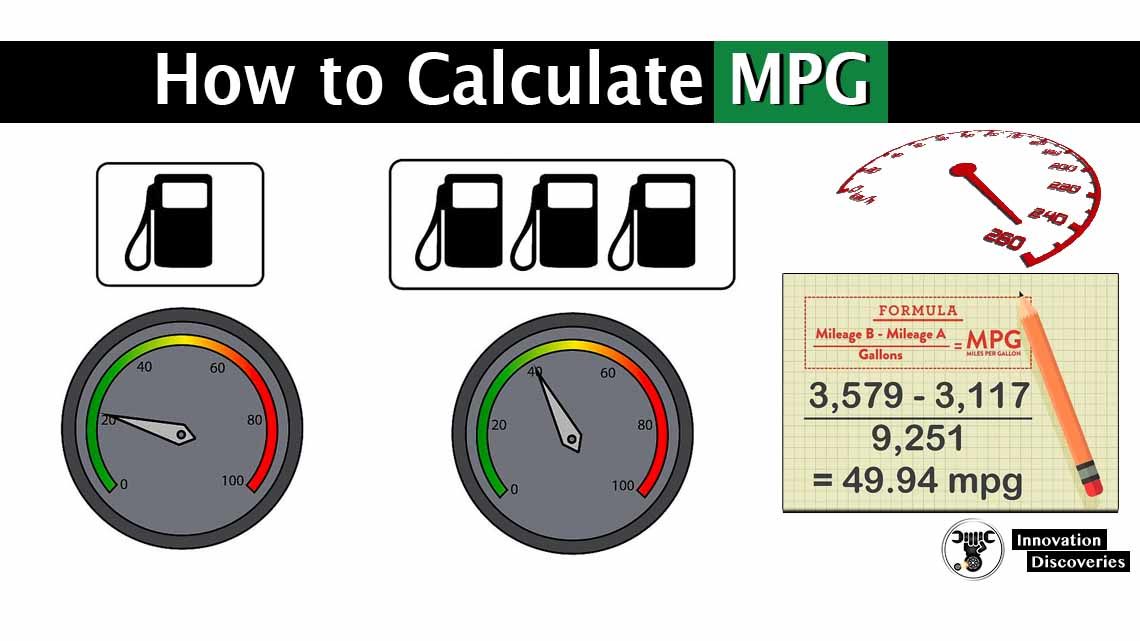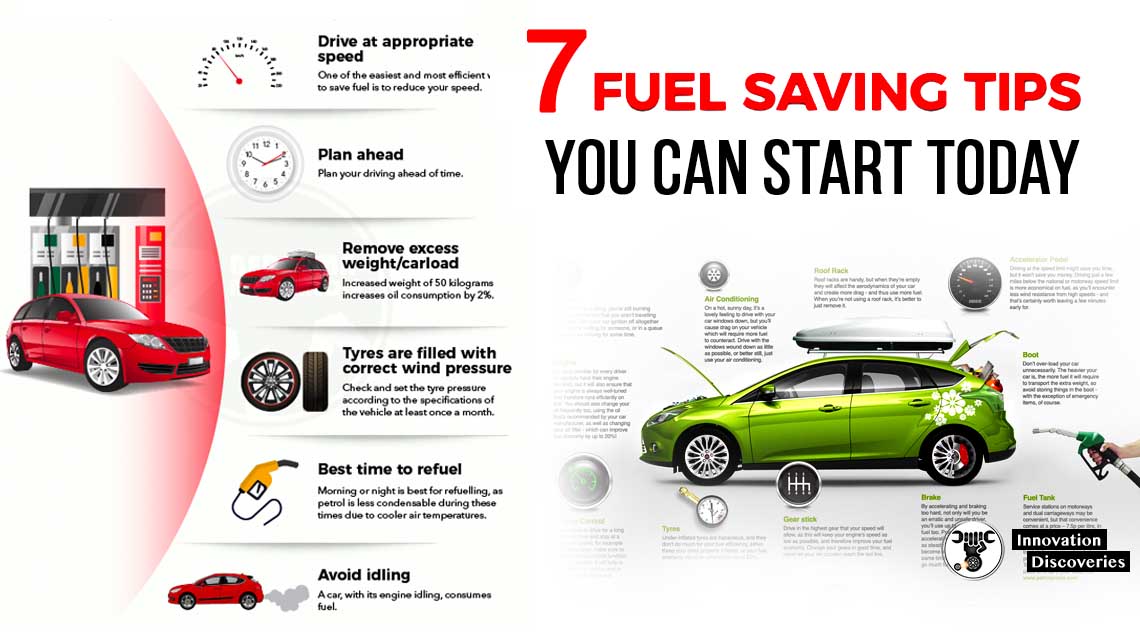
Miles Per Gallon (MPG) is one of the most important metrics for understanding your vehicle’s fuel efficiency. As fuel prices continue to rise, knowing how to calculate MPG can help you save money, improve your driving habits, and even choose a more fuel-efficient vehicle.
In this guide, you’ll learn:
- What MPG means
- How to accurately calculate it
- Tips to increase your gas mileage
- Why MPG can vary by car and driving style
📘 What is MPG?
MPG stands for Miles Per Gallon, a measure of how many miles your vehicle can travel using one gallon of fuel. The higher the MPG, the more fuel-efficient your vehicle is — meaning lower fuel costs and fewer emissions.
For example, a car with 30 MPG will travel 30 miles on just one gallon of gasoline.
🧰 Tools You Need
You don’t need any special equipment to calculate your MPG. Just have the following:
- A notebook or smartphone
- A pen or note-taking app
- A calculator (or use the one on your phone)
📏 How to Calculate MPG – Step-by-Step Instructions
Follow these simple steps to calculate your car’s average MPG:
1. Fill the Fuel Tank to Full
At the gas station, completely fill your fuel tank and reset your trip odometer to 0 (or note down the odometer reading).
2. Drive Normally
Use your car as you usually do for several days or until the fuel level is low enough to refill.
3. Refill the Tank Fully Again
The next time you fill the tank:
- Record the number of gallons (or liters) it takes to fill the tank
- Record the mileage driven (from your trip odometer or calculate the difference between the two odometer readings)
4. Use the MPG Formula

🔍 Example Calculation:
- Miles Driven: 310 miles
- Gallons Used: 10.5 gallons

So, your car’s fuel efficiency is 29.5 MPG.
💡 Note: For better accuracy, repeat this process 2–3 times and take the average MPG.
🧠 Pro Tips to Improve Your Gas Mileage (MPG)
Want better fuel efficiency? Here’s how you can improve MPG:
- 🛞 Check tire pressure regularly – Under-inflated tires reduce fuel economy.
- 🚦 Avoid aggressive driving – Smooth acceleration and braking can improve MPG by 15–30%.
- 🧊 Limit A/C usage – Air conditioning uses more fuel at low speeds.
- 🧳 Reduce vehicle weight – Extra cargo increases drag and reduces efficiency.
- 🛣️ Use cruise control on highways – Maintains a steady speed for optimal fuel consumption.
💰 Bonus Tip: Estimate Monthly Fuel Cost Using MPG
You can calculate your monthly fuel cost using this simple formula:

⚠️ Common Mistakes to Avoid
- 🚫 Resetting odometer late — Always reset or note your mileage right after fueling.
- 🚗 Short trip MPG is misleading — Engine warms up slowly, reducing efficiency on short drives.
- 🔧 Ignoring vehicle maintenance — Dirty air filters and old spark plugs reduce MPG.
📈 Why Do MPG Ratings Vary Between Cars?
Car manufacturers use the WLTP (Worldwide Harmonized Light Vehicle Test Procedure) to estimate MPG under different driving conditions:
| WLTP Phase | Simulates Driving In |
|---|---|
| Low | Urban areas / traffic |
| Medium | Suburban / town driving |
| High | Country roads |
| Extra High | Highways / motorways |
| Combined | Mix of all conditions |
Real-world MPG can vary based on terrain, weather, driving style, and vehicle condition.
🧾 Final Thoughts
Knowing how to calculate MPG empowers you to track your car’s performance, save on fuel, and drive more efficiently. It’s a simple calculation with big benefits — both for your wallet and the environment.
Discover More:

Visit Forum
Visit Our Friendly Website

